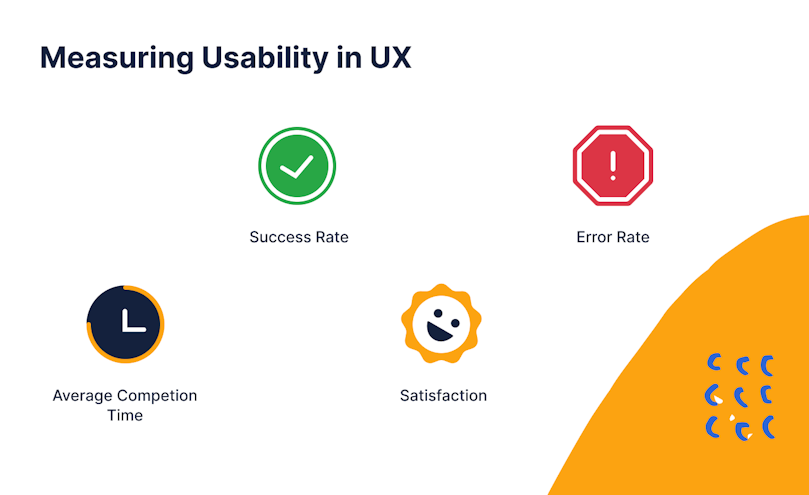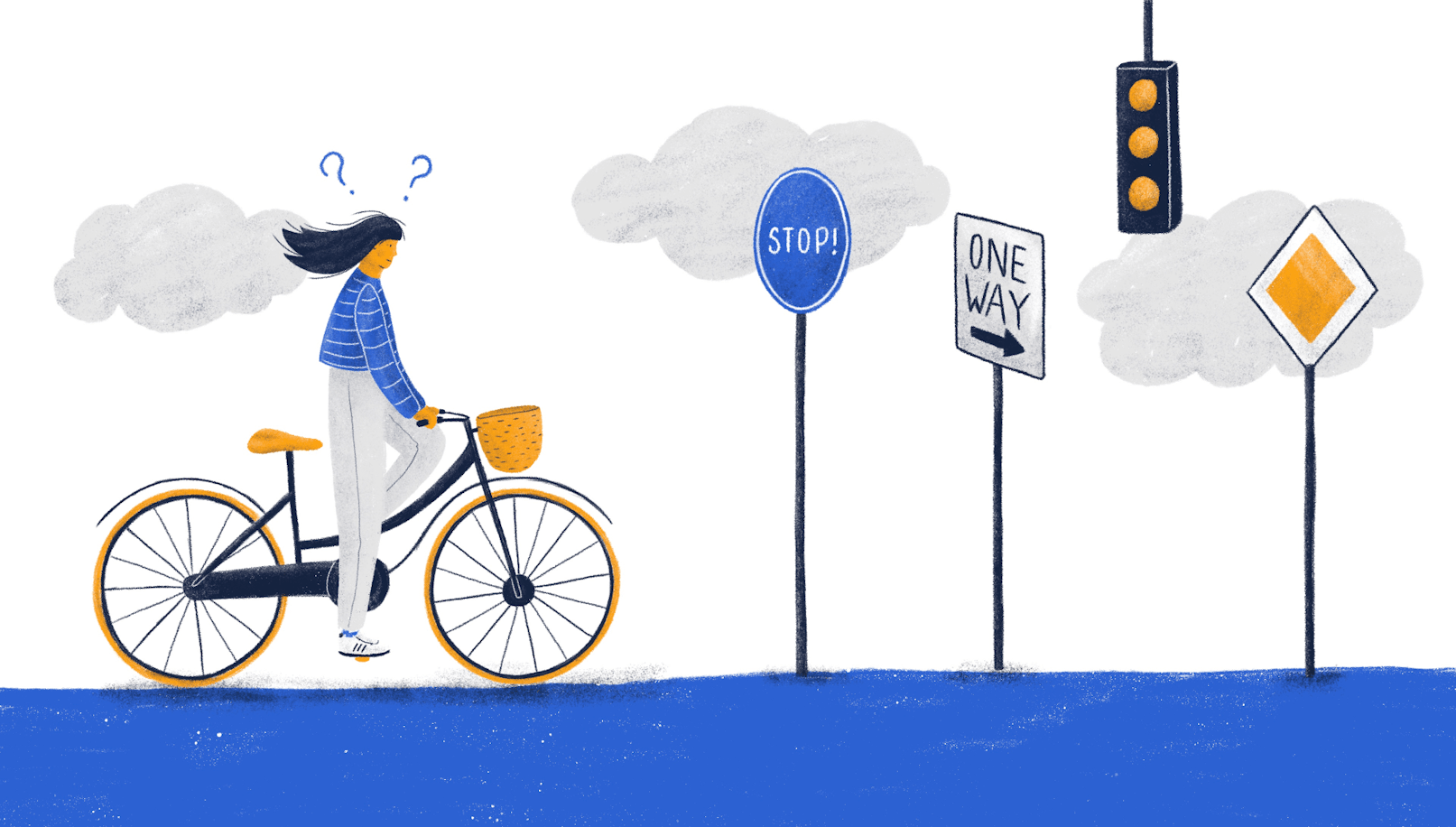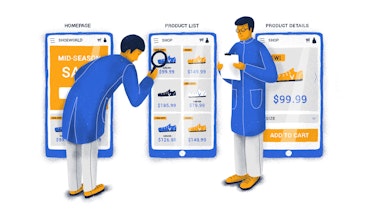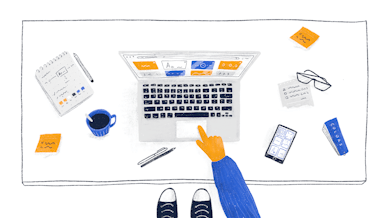When looked at closely, the process of measuring usability is complex and fascinating. When analyzing usability data, we’re trying to correlate human experience and emotions to a user interface. The longer you think about it, the more mind-blowing it sounds.
Fortunately, user experience has amassed and developed the necessary tools to do this accurately and consistently.
In today’s article, we take a closer look at what measuring usability looks like, how it’s done, and how it can benefit your product.
Essential usability metrics
Usability metrics are varied and diverse. Today’s we’d like to expand on four of them — all vital for assessing the quality of a user’s experience.

Task completion success rate
This is one of the most straightforward yet important usability metrics. It acts as a litmus test for your interface’s ability to support a series of actions. It sheds light on how quickly people can execute specific actions and reach the end-goal.
Some data suggests that the average task-completion rate is around 80%. However, it’s fair to say that this number can shift depending on your product and industry.
User error rate (UER)
This is yet another straightforward metric that indicates how often users make incorrect entries.
Typically, the UER provides you a better understanding of how user-friendly your product is.
Task completion time
This metric allows us to understand how conducive an interface design is to efficient task execution. It’s fair to assume that if an action takes too much to complete, the experience needs improvement or amendment.
This is a vital metric since there’s a strong correlation between task completion time and user satisfaction.
Interviewee subjective satisfaction
Compared to the above metrics, user satisfaction is subjective and often tied to aesthetics rather than usability. However, research suggests that users can quickly shift their opinion on a product once usability issues ensue.
“While the first impression may be strong and may relate to the immediate appeal of the web site, satisfaction may change as a function of encountering serious usability problems in the context of accomplishing a specific goal. ” — User Satisfaction, Aesthetics, and Usability by Gitte Lindgaard & Cathy Dudek.
This is why allowing users to interact with products before their launch will enable us to evaluate our design's quality.
Why should you measure usability?
Fundamentally, when it comes to measuring usability, our goal is to create a product that is both sophisticated and easy to use. However, it’s worth mentioning that it provides a wide array of benefits adjacent to the product as well.
Compare designs
Given that UX design is an inherently iterative process, it’s essential to test product versions continuously. It’s impossible to fine-tune your approach or validate design decisions unless you know how well you're doing.
Considering that the metrics used to assess your product's usability are fairly straightforward, it’s easy to quantify your performance.
Communicate UX values to business
Justifying the value of UX processes can be hard when communicating with non-design stakeholders. This issue stems from the differences in our occupations and the way we see product development. Thus, usability measurements provide us with firm ground to defend certain changes and design choices.
Furthermore, often certain features suggested by business owners could end up harming usability. The discussion about the potential risks of these features must be accompanied by solid arguments, despite being a no-brainer for UX designers.
Part of the UX designer’s craft is to have the ability to identify potential usability risks and inform stakeholders via thorough evidence.
See how you perform against your competitors
Usability testing often focuses on quantitative data, as it’s less expensive and more straightforward. However, employing qualitative tests to assess your designs has its significant benefits.
Similarly, you’ll be able to better understand how your product compares to your competitors’ and whether it serves users’ needs better.
Also, opting for usability testing through qualitative data will provide you with quicker results. Despite its apparent simplicity, quantitative data may take a long time to aggregate, which can be problematic in a time-sensitive setting.
Furthermore, qualitative usability testing allows you to make more thorough assessments with less interviewees. According to a famous article published by the Nielsen Norman Group, you only need to test with five users.
Quantitative usability tests, on the other hand, require around 20 users for confident results.
How to measure usability metrics
Typically, usability is assessed through semi-structured user interviews. During these interviews, users are guided through a course of actions, and their actions are recorded and documented. The metrics you’ve collected from the interview are then structured into a table. This ensures a quick comparative analysis of different design iterations.
Here’s an example of what that could look like:

By analyzing the test results, you can then achieve a more holistic view of your product’s performance. For instance, despite Task Version 2 being the shortest in terms of average time, it also happens to have a lower success rate and user satisfaction.
Task Version 4, on the other hand, has shown a lower error rate, higher success rate, and satisfaction. Despite the average completion time being slightly higher than Task Version 2, it’s safe to assume that this is the superior iteration.
Conclusion
Measuring usability has a broad spectrum of benefits that simply cannot be ignored. It offers an in-depth understanding of the quality of the experience you’ve designed and whether you’re moving in the right direction.
Furthermore, it provides us with vital insight into how our product will perform against market competitors. This, as a result, ensures that your product is market fit at its release.




